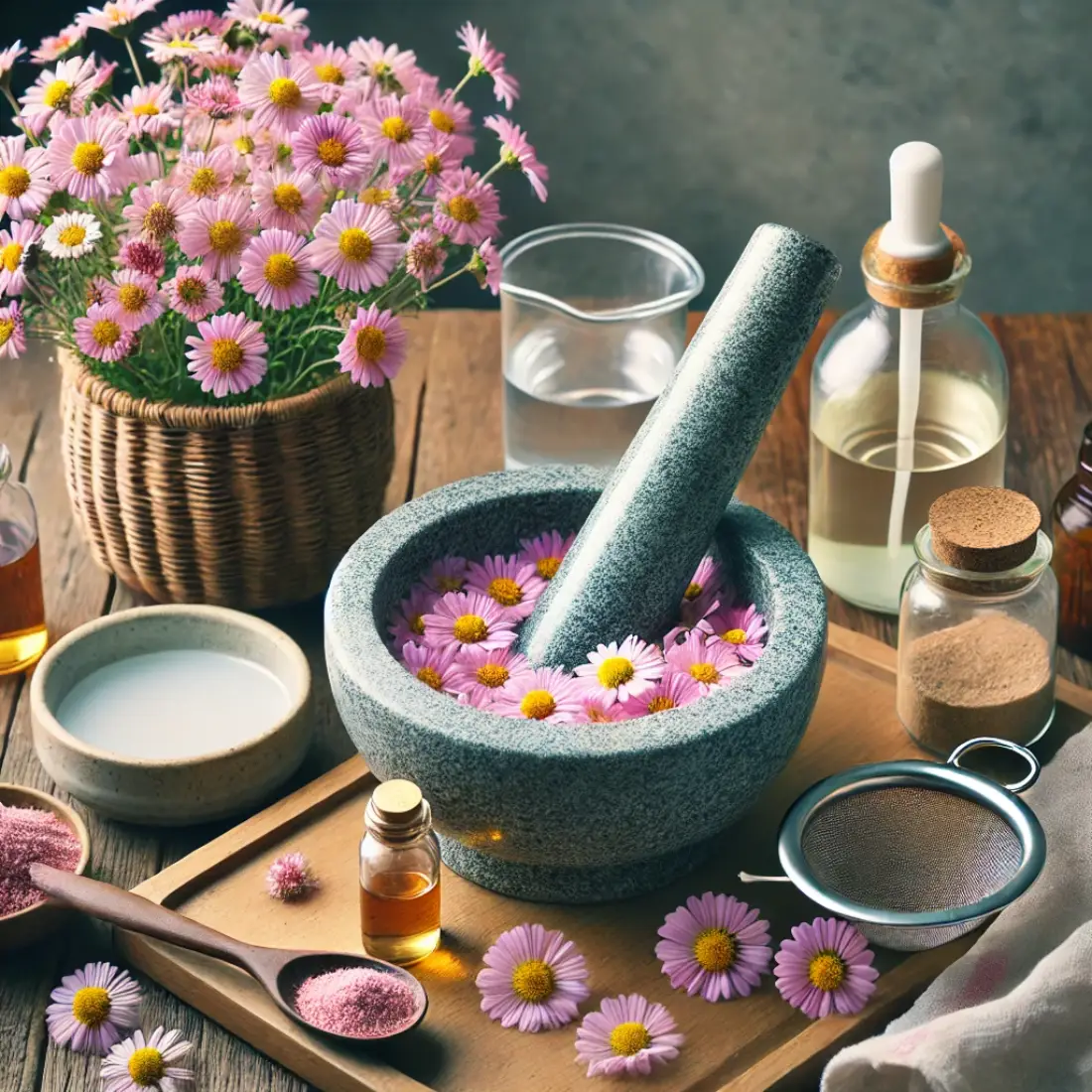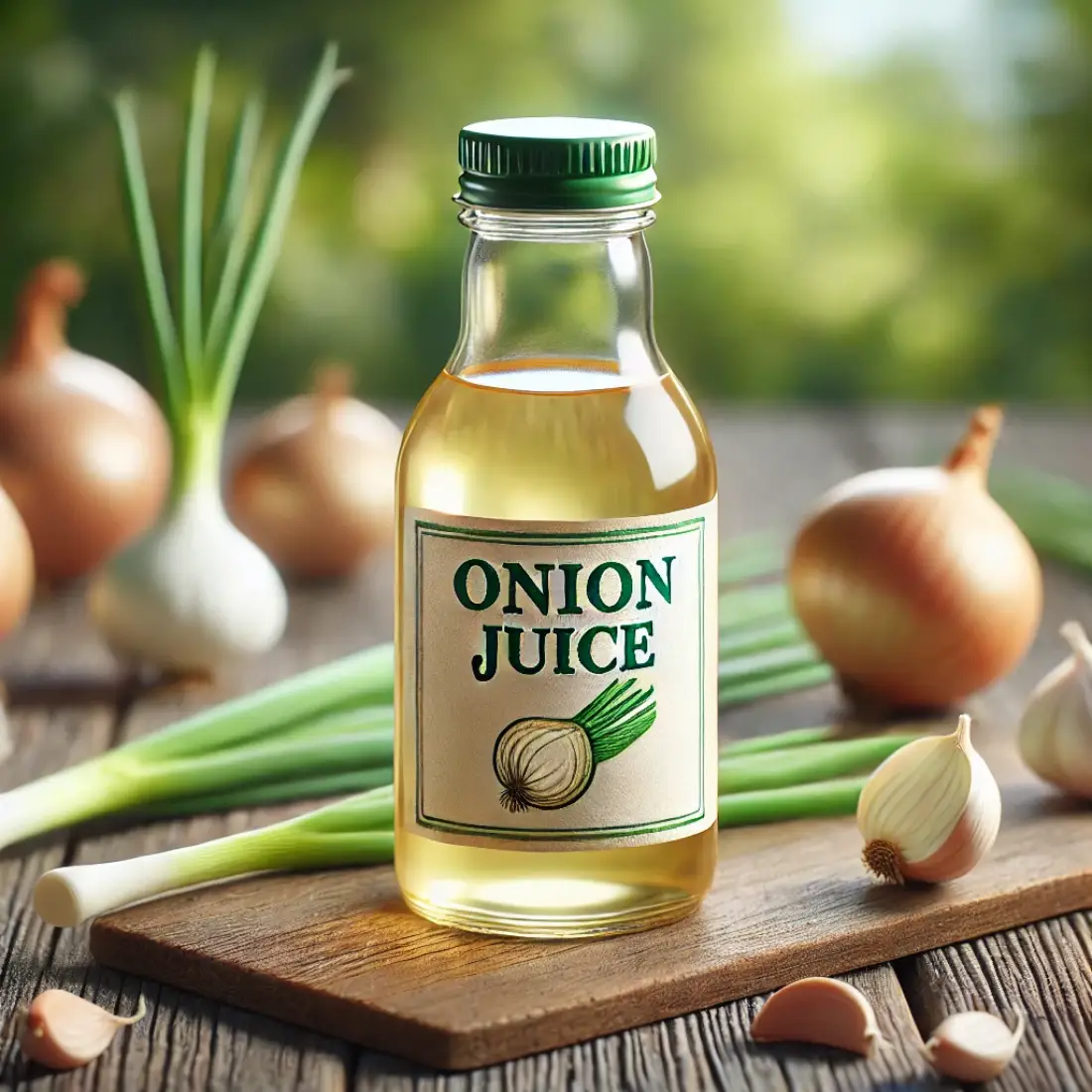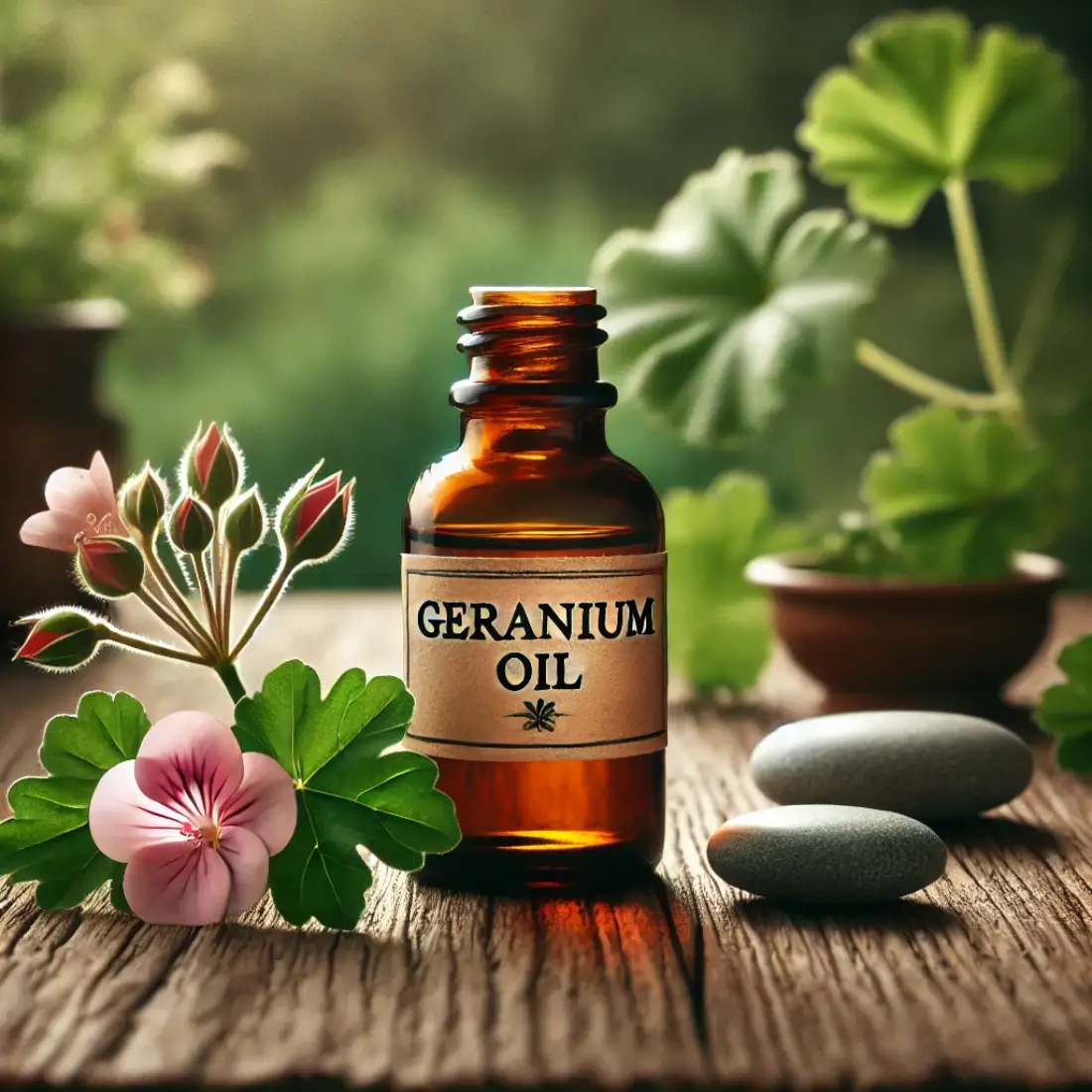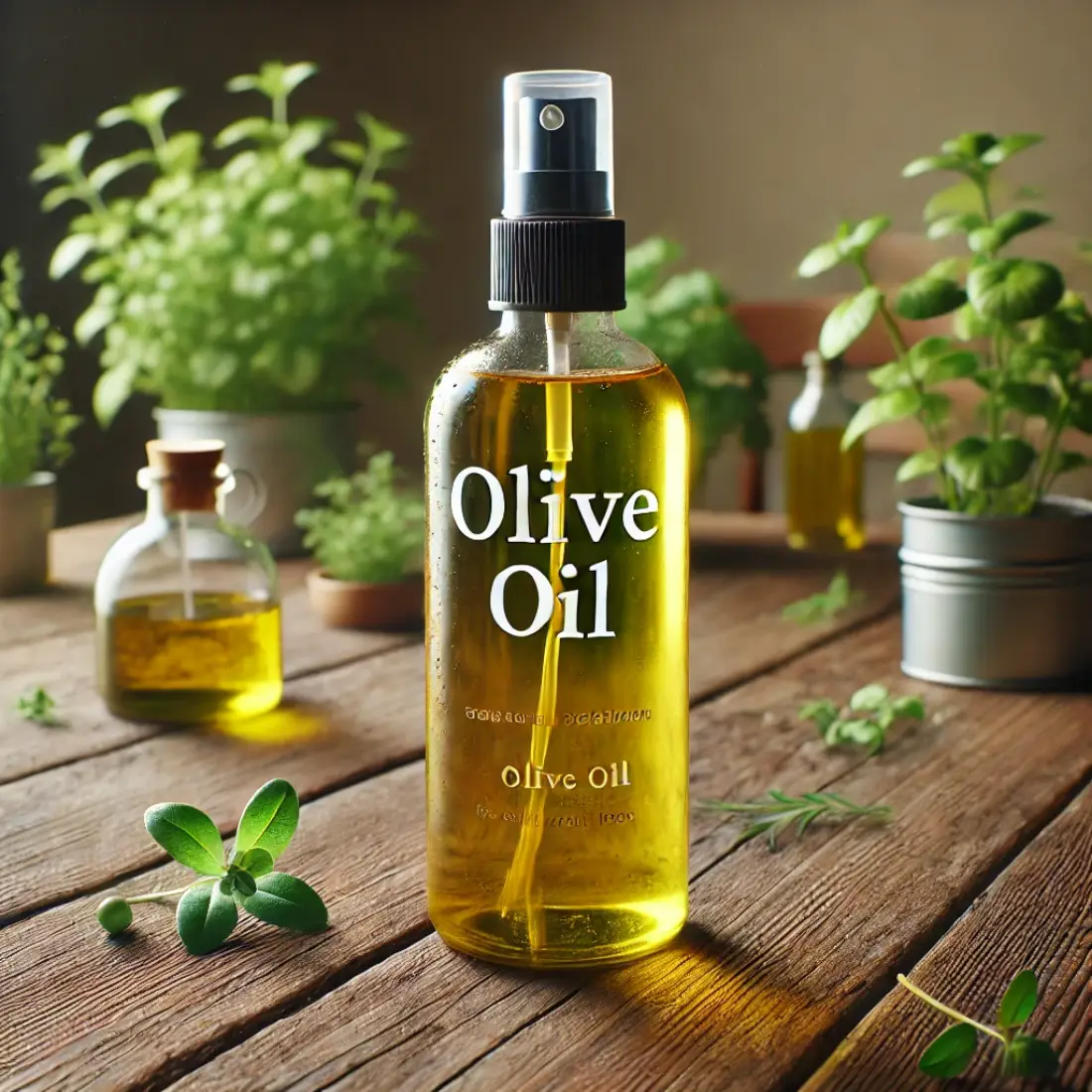Painted daisies (Tanacetum coccineum) are not only beautiful garden flowers but also powerful allies in organic gardening. These vibrant blooms contain pyrethrins, natural compounds that act as effective fungicides. Using painted daisies as a natural fungicide helps control harmful fungi while being safe for the environment.
Unlike chemical fungicides, they don’t harm beneficial insects or contribute to toxic runoff, making them an eco-friendly choice for gardeners. This natural solution is easy to prepare and apply, offering a sustainable way to protect your plants from fungal infections.

- Painted daisies contain pyrethrins, natural compounds that effectively combat fungal infections.
- They are an eco-friendly alternative to chemical fungicides, promoting organic gardening practices.
- Using painted daisies as a fungicide protects plants without harming beneficial insects or causing environmental damage.
- Preparing and applying a painted daisy fungicide is simple and can be done at home.
- This natural solution supports sustainable gardening by reducing the need for synthetic chemicals.
How Painted Daisies Act as an Effective Fungicide
Painted daisies contain pyrethrins, potent natural compounds found in the flower’s seed cases. Pyrethrins work by targeting the nervous system of insects and fungi, disrupting cellular functions, which eventually results in their extinction. This makes painted daisies an effective natural fungicide, particularly useful against common garden fungi like powdery mildew and rust.
Unlike synthetic fungicides, pyrethrins degrade quickly in sunlight, minimizing environmental impact and reducing the risk of harmful residues on plants. Their natural origin also means they are less likely to harm non-target organisms, making them a safer choice for gardens that support pollinators and other beneficial insects.
The ability of painted daisies to combat fungi while being environmentally friendly makes them a valuable tool in sustainable and organic gardening practices.
Harvesting and Preparing Painted Daisies for Fungicide Use
To maximize the effectiveness of painted daisies as a natural fungicide, it’s essential to harvest them at the right time. The best time to harvest painted daisy flowers is just before they fully bloom, when the concentration of pyrethrins is at its peak. Use sharp scissors or pruning shears to cut the flowers, leaving a few inches of stem attached.
After harvesting, dry the flowers by hanging them upside down in a cool, dark, and well-ventilated area for about two weeks. Once fully dried, the flowers can be stored in an airtight container away from direct sunlight to preserve their potency.
To prepare a painted daisy fungicide, grind the dried flowers into a fine powder using a mortar and pestle or a coffee grinder. Mix the powder with water and a small amount of mild liquid soap, which helps the solution adhere to plant surfaces. A common ratio is one tablespoon of powder per quart of water. Strain the mixture through a fine cloth to remove any solid particles, and transfer it to a spray bottle.
Apply the painted daisy fungicide directly to affected plants, focusing on areas with visible fungal growth.
Application of Painted Daisy Fungicide in the Garden
When applying the painted daisy fungicide, target the areas of the plant that show signs of fungal infection, such as powdery mildew, rust, or blight. It’s important to thoroughly cover the affected leaves, stems, and even the soil around the base of the plant, as many fungal spores reside in the soil and can reinfect the plant if not treated.
For best results, apply the fungicide early in the morning or late in the evening to avoid direct sunlight, which can cause the pyrethrins to degrade more quickly. Make sure the plants are dry before applying the fungicide to prevent dilution by water.
Painted daisy fungicide should be reapplied every 7 to 10 days, depending on the severity of the fungal infection and weather conditions. More frequent applications may be necessary in wet or humid conditions, where fungi thrive.
Safety is crucial when using any kind of treatment in the garden. Although painted daisy fungicide is natural, it’s still important to wear gloves and protective clothing during application to avoid skin irritation. Also, avoid spraying during windy conditions to prevent the solution from drifting onto non-target plants or beneficial insects.
Overuse of painted daisy fungicide can potentially lead to resistance in some fungi, so it’s wise to alternate with other natural fungicides or integrated pest management practices to maintain effectiveness.
Common Issues and How to Address Them
Using painted daisy fungicide in your garden can be highly effective, but like any natural solution, it may come with some challenges. Understanding these issues and how to address them ensures you get the best results without harming your garden’s ecosystem.
Potential Impact on Non-Target Organisms: Although painted daisy fungicide is natural, pyrethrins can affect beneficial insects like bees and ladybugs. To minimize this risk, apply the fungicide early in the morning or late in the evening when pollinators are less active. Avoid spraying directly on flowers, where these insects are most likely to visit.
Overuse Leading to Resistance: Just like with synthetic chemicals, overusing painted daisy fungicide can lead to fungi developing resistance. To prevent this, alternate the use of painted daisy fungicide with other natural fungicides like neem oil or baking soda solutions. This integrated approach helps reduce the likelihood of resistance while maintaining effective fungal control.
Degradation in Sunlight: Pyrethrins degrade rapidly in sunlight, which can reduce the effectiveness of your fungicide application. To counter this, store your prepared fungicide in a dark, cool place and apply it during times of the day when sunlight is less intense, such as early morning or evening.
Sensitivity in Some Plants: Some plants may be more sensitive to the compounds in painted daisy fungicide, leading to leaf burn or discoloration. Test the fungicide on a small section of the plant first before applying it widely. If sensitivity is an issue, dilute the fungicide with more water and reapply.
FAQs about Painted Daisy Fungicide
Can painted daisies be used on all types of plants?
Yes, painted daisies can be used on most plants, but it’s important to test the fungicide on a small section first. Some plants may be sensitive to pyrethrins, which could cause leaf burn or discoloration.
How do you store painted daisy fungicide?
Store painted daisy fungicide in a cool, dark place, preferably in an airtight container. Since pyrethrins degrade in sunlight, keeping the solution away from light will help maintain its effectiveness.
Is painted daisy fungicide safe for pets and children?
While painted daisy fungicide is natural, it can still be toxic if ingested by pets or children. Always store the solution out of reach and avoid applying it in areas where pets and children play.
How effective is painted daisy fungicide compared to commercial options?
Painted daisy fungicide is quite effective for many common fungal issues, especially in organic gardening. However, it may not be as potent or long-lasting as some synthetic fungicides, particularly in severe infestations.
Can you grow painted daisies in containers?
Yes, painted daisies can be grown in containers as long as they have well-draining soil and receive adequate sunlight. This is a great option for small gardens or balcony spaces.
How often should I apply painted daisy fungicide?
Apply painted daisy fungicide every 7 to 10 days, or more frequently in wet or humid conditions. Reapply after heavy rain, as the solution may wash off.
Can painted daisy fungicide be mixed with other natural remedies?
Yes, painted daisy fungicide can be combined with other natural remedies like neem oil or baking soda. This can enhance its effectiveness and help prevent resistance.
What are the signs that my plants need fungicide treatment?
Look for symptoms like white powdery spots, yellowing leaves, or black spots on leaves. These are common signs of fungal infections that painted daisy fungicide can help treat.
How long does the fungicide stay effective after application?
Pyrethrins degrade relatively quickly, especially in sunlight. Painted daisy fungicide typically remains effective for a few days, so regular reapplication is necessary for ongoing protection.
Is there a risk of fungi becoming resistant to painted daisy fungicide?
Yes, overusing painted daisy fungicide can lead to resistance in some fungi. To avoid this, alternate it with other natural fungicides and use integrated pest management practices.










